South Indian Temple Architecture
The South Indian temple architecture has a distinct style specific to the kingdoms.
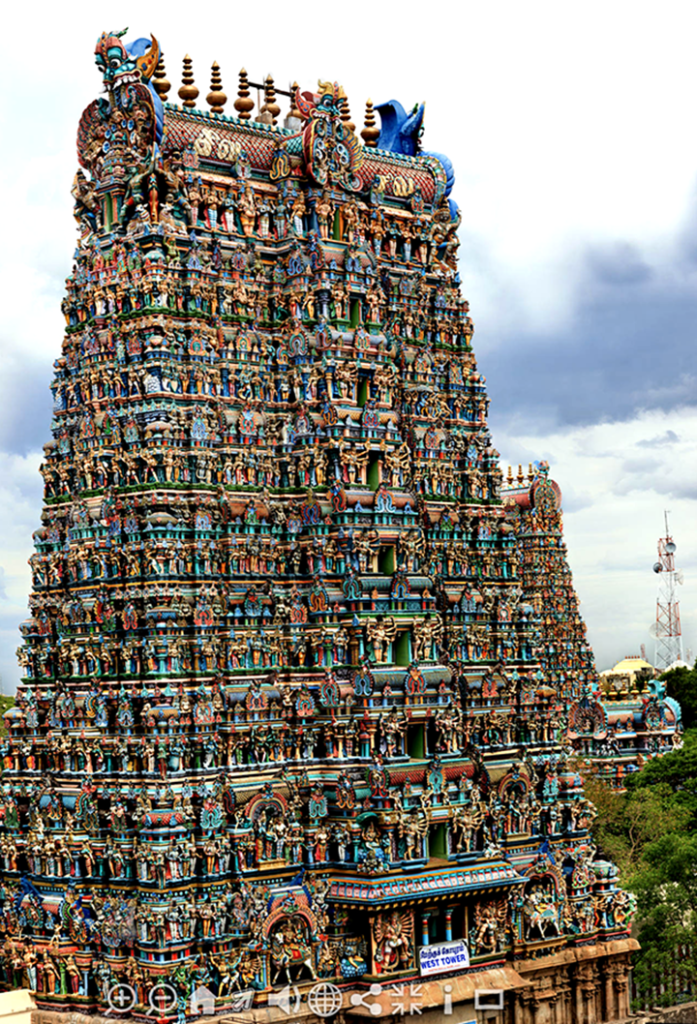
Established: 6th century BC, Kulasekarer PandyaPrimary
Deity: Parvati & Shiva
Location: Madurai
Architectural Style: Dravidian architecture
The tallest tower of this temple is designed with various sculptures, and you can find some historical and religious facts inscribed on the temple. Here the idol of Lord Shiva is sculpted as performing the cosmic dance and the idol is designed with several precious stones including emerald, and metals like gold, silver, and copper.
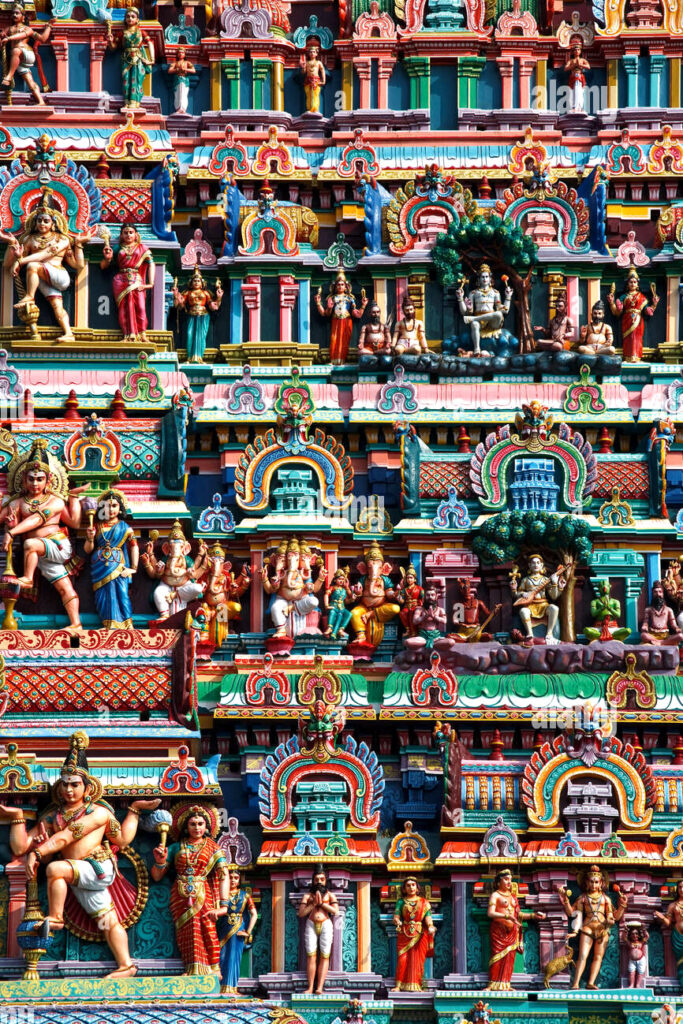
Established: Pallavas (Tamil Shaivites)
Primary deity: Lord Shiv
Location: Chidambaram, Cuddalore District
Architectural Style: Tamil architecture
The temple shows statues ideally performing some Indian classical dance forms which were performed during the Chola period.
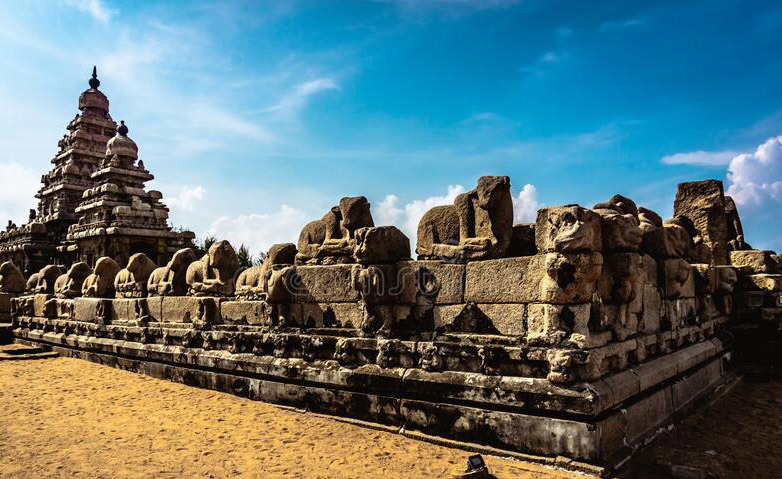
Established: 700–728 AD, Narasimha Varma
Primary deity: Shiva
Location: Mahabalipuram, Tamil Nadu
Architectural Style: Dravidian architectural style
It is a structural temple, built with blocks of granite, dating from the 8th century AD. It is so named because it overlooks the shore of the Bay of Bengal.
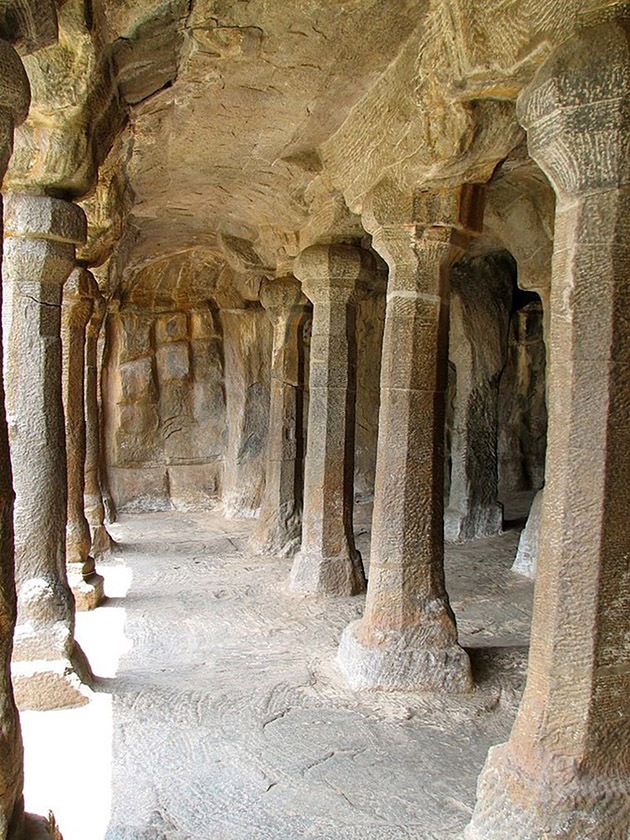
Established: 650 AD, Mahendra Varman
Primary deity: Vishnu & Durga
Location: Mahabalipuram
They are cut and decorated with panels in the Mamalla style of the Pallava period in the 7th century. Remnants seen in the caves also indicate that they were plastered and painted when built.
Architectural Style: Dravidian architecture

Established: 7th century, Tuluva Dynasty
Primary deity: Shiva
Location: Mylapore (Chennai)
Architectural Style: Dravidian architecture
Shakti worshiped Shiva in a form of a peacock which is also known as Mylai in the Tamil language. Here Shiva is worshiped as Kapaleswar and he is represented as the Lingam.
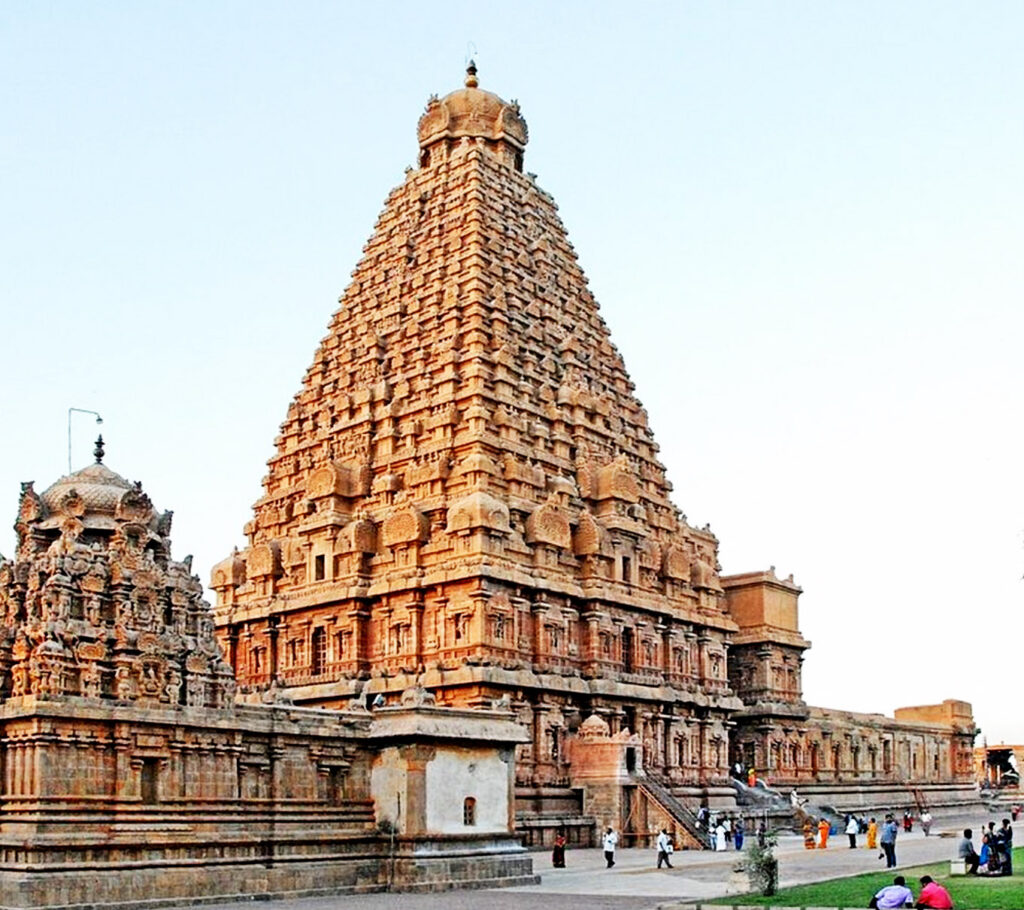
Established: 1010 CE, Raja Raja Chola
Primary deity: Siva Peruman / Shiva
Location: Thanjavur
Architectural Style: Tamil architecture
Built out of granite, the vimana tower above the sanctum is one of the tallest in South India. The temple has a massive colonnaded prakara (corridor) and one of the largest Shiva lingas in India.

Established: 12th century CE, Rajaraja Chola II
Primary deity: Airavateshvara (Shiva)
Location: Darasuram
Architectural Style: Dravidian architecture
The stone temple incorporates a chariot structure and includes major Vedic and Puranic deities.
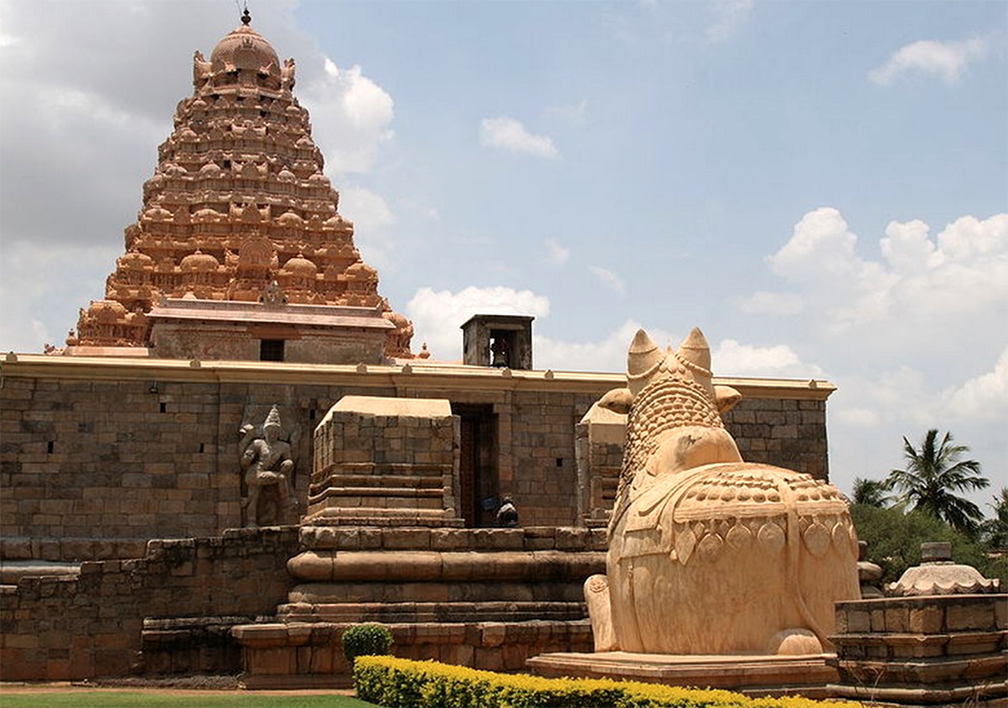
Established: 11th century AD, Rajendra Chola I
Primary deity: Shiva
Location: Thanjavur
Architectural Style: Dravidian architecture
The whole temple is structured according to Vastu Shastra where a Vishnu idol is situated at the western part of this place.
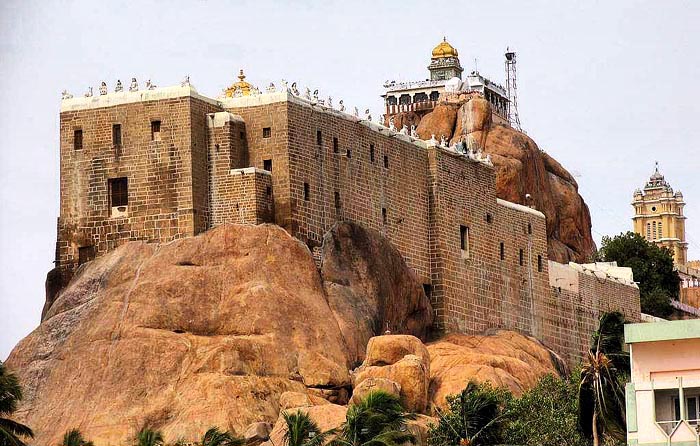
Established: 7th century, Pallavas
Primary Deity: Lord Ganesha & Shiva
Location: Tiruchi
Architectural Style: Dravidian architecture
The Rock Fort temple stands 83m tall perched atop the rock. The smooth rock was first cut by the Pallavas but it was the Nayaks of Madurai who completed both the temples under the Vijayanagara Empire.
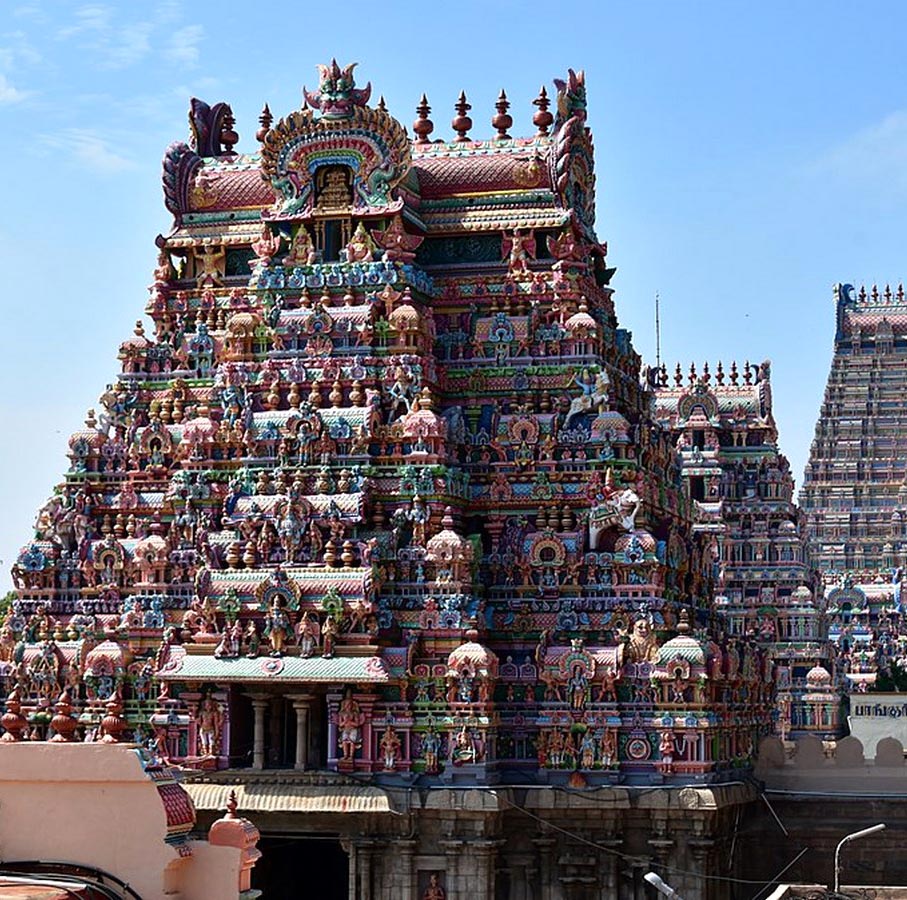
Established: 6th to 9th centuries AD
Primary deity: Ranganatha (Vishnu), Aranganayagi (Laxmi)
Location: Trichy
Architectural Style: Tamil architecture
The temple occupies an area of 155 acres with 81 shrines, 21 towers, 39 pavilions, and many water tanks integrated into the complex making it the world’s largest functioning Hindu temple.
